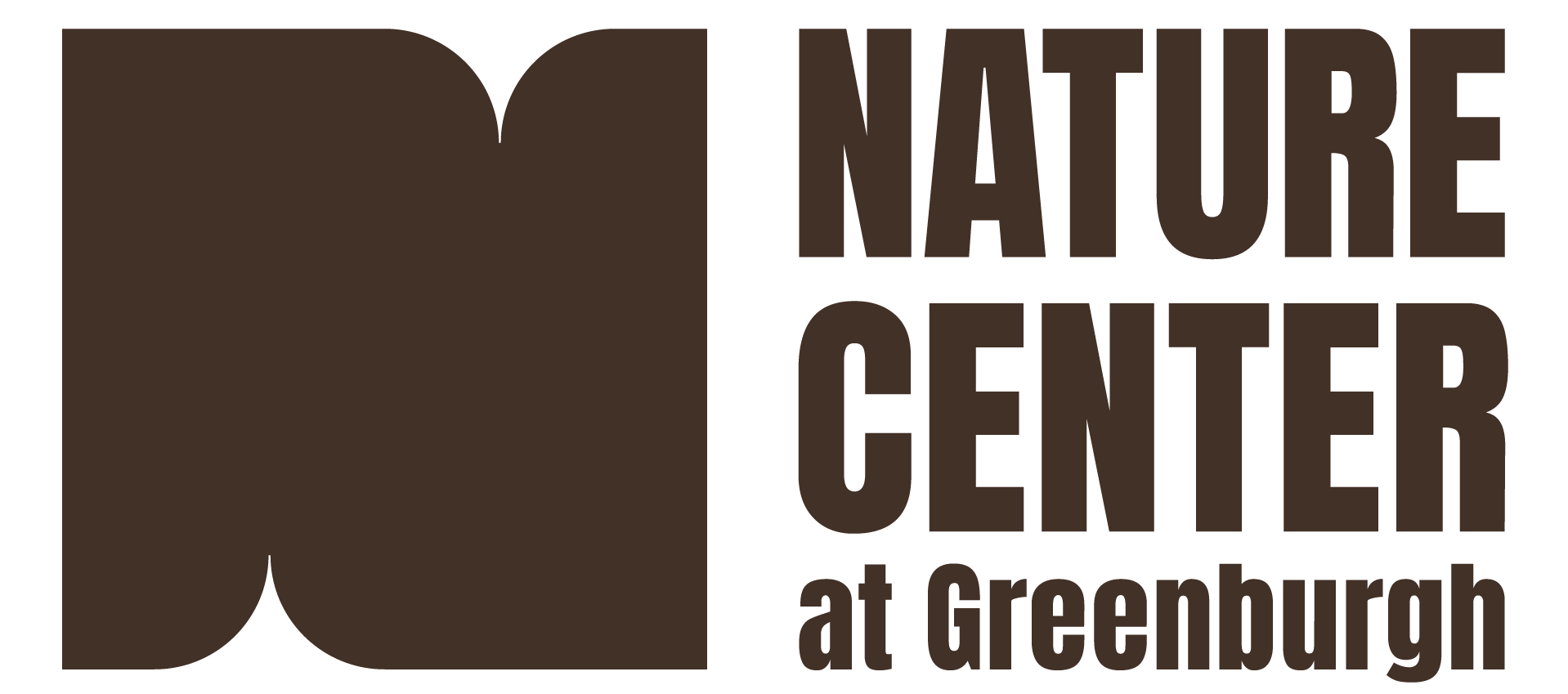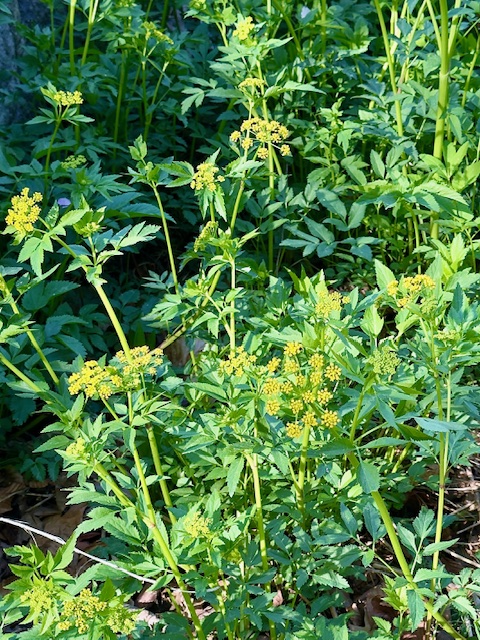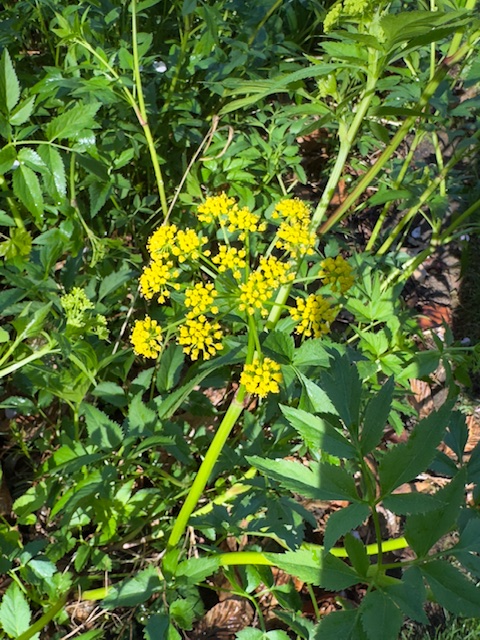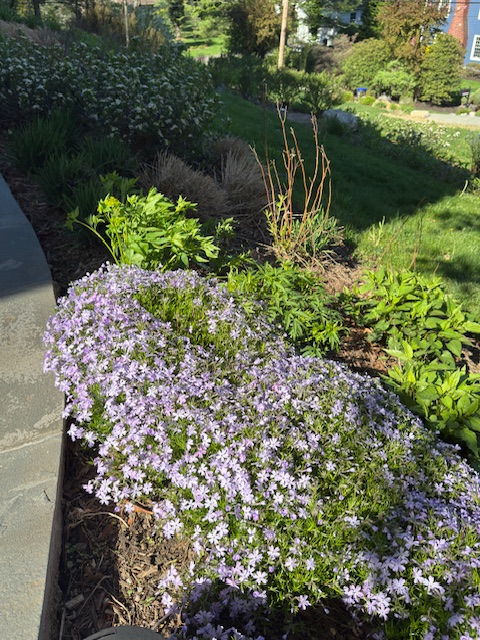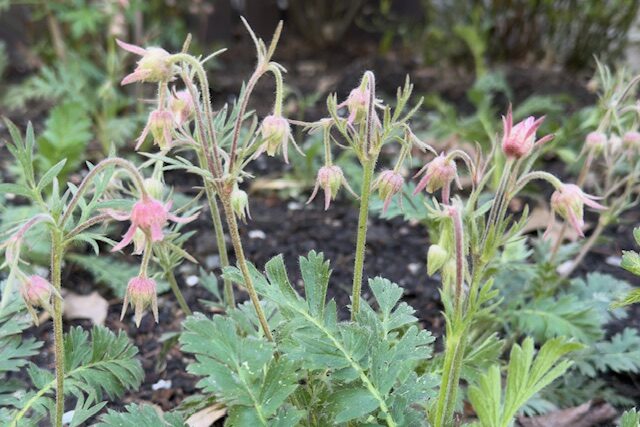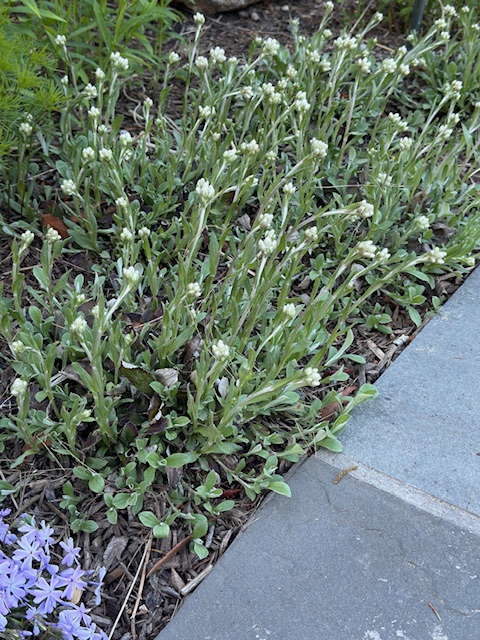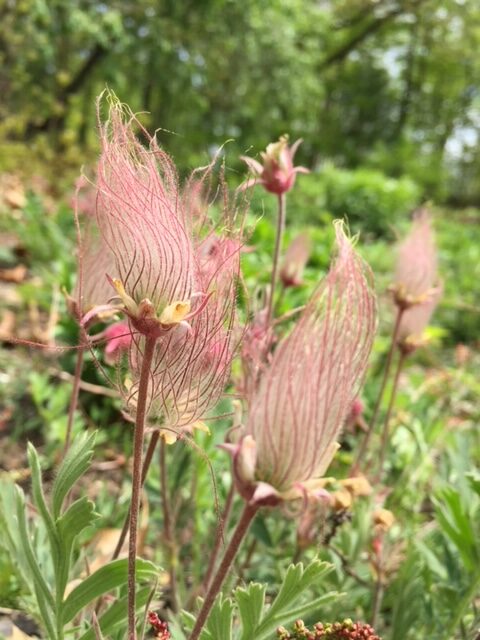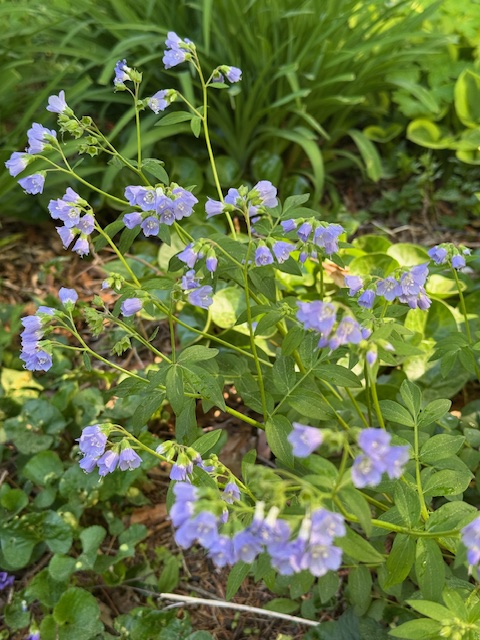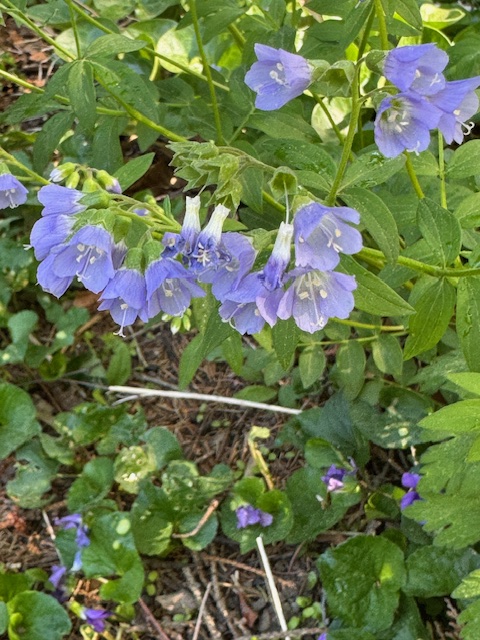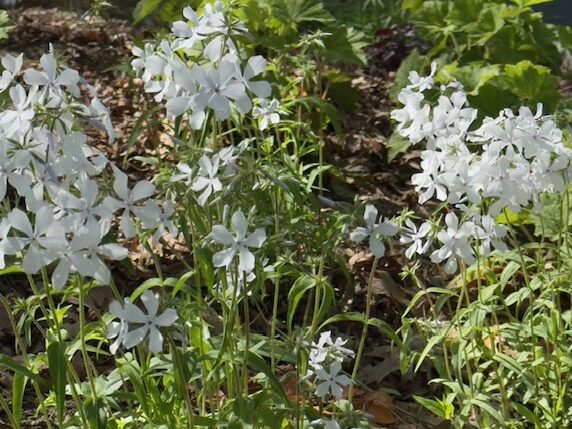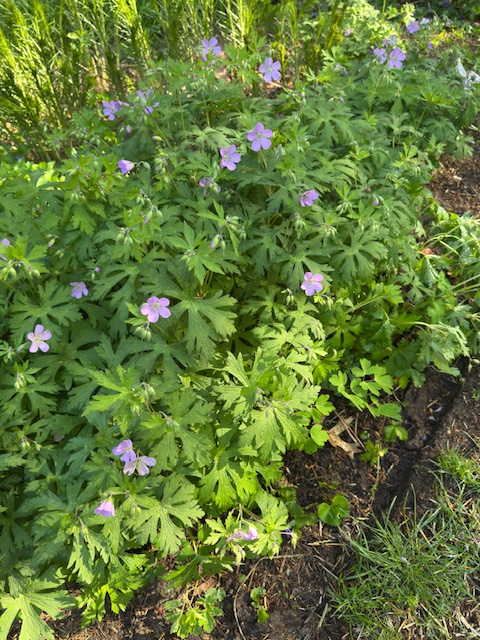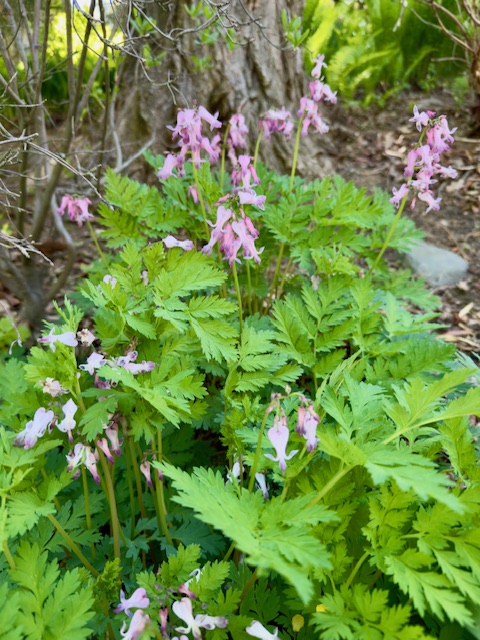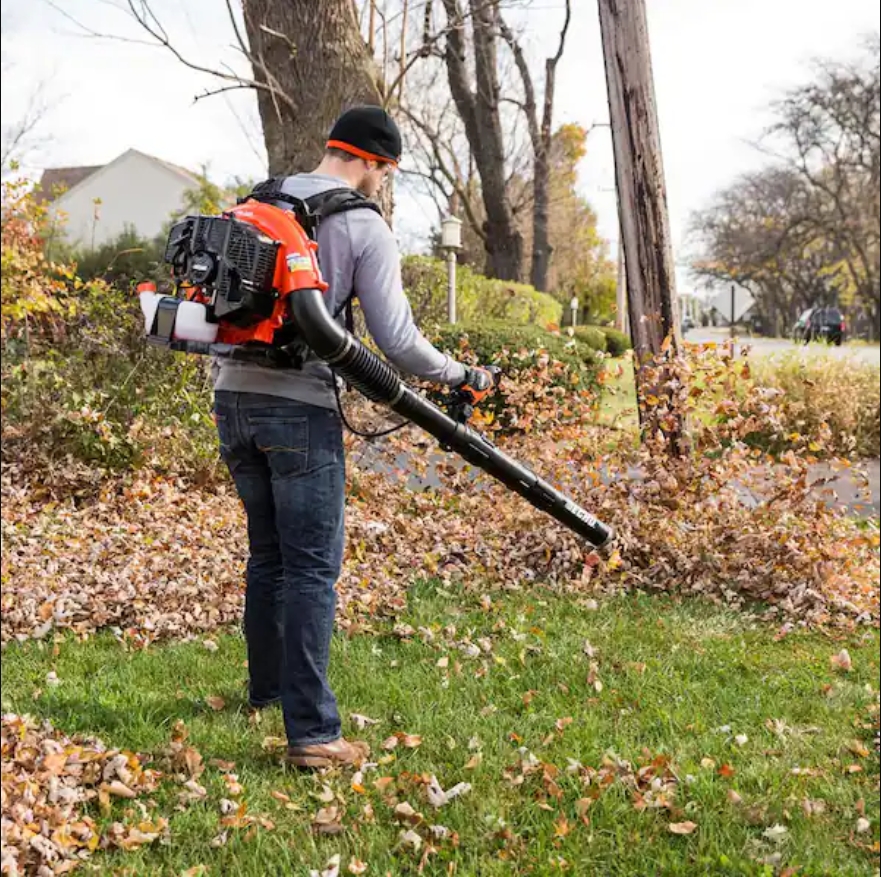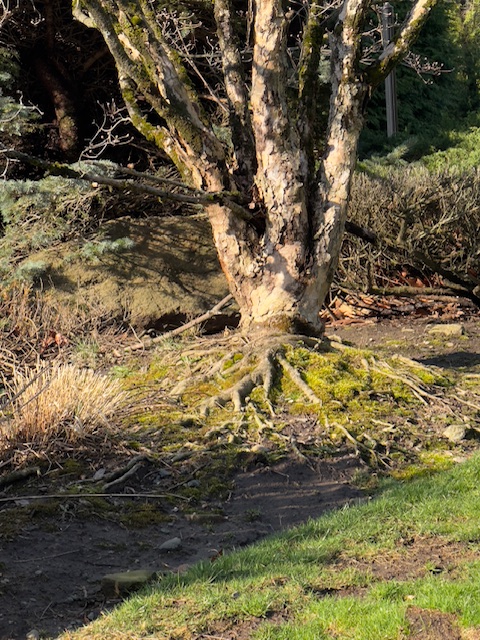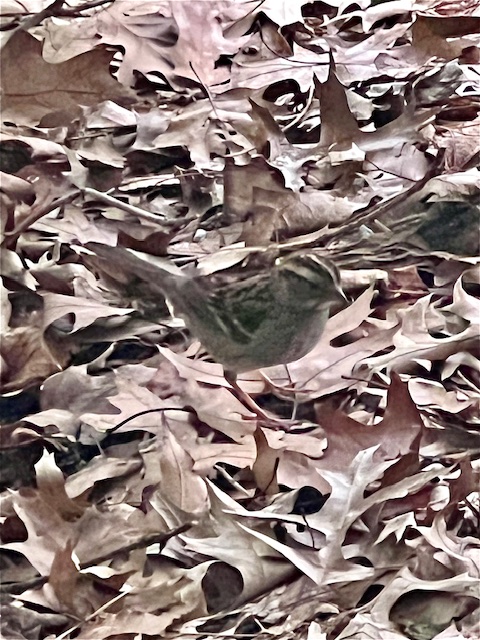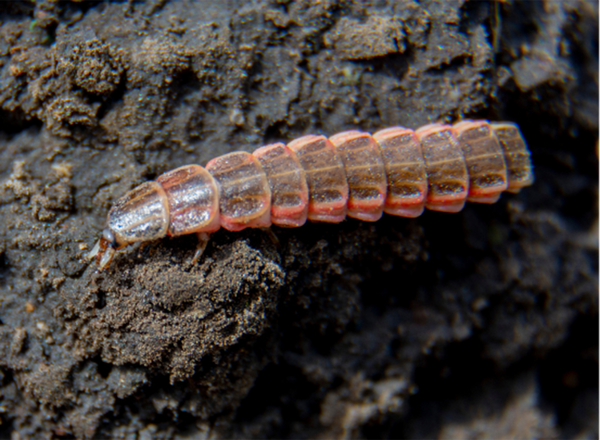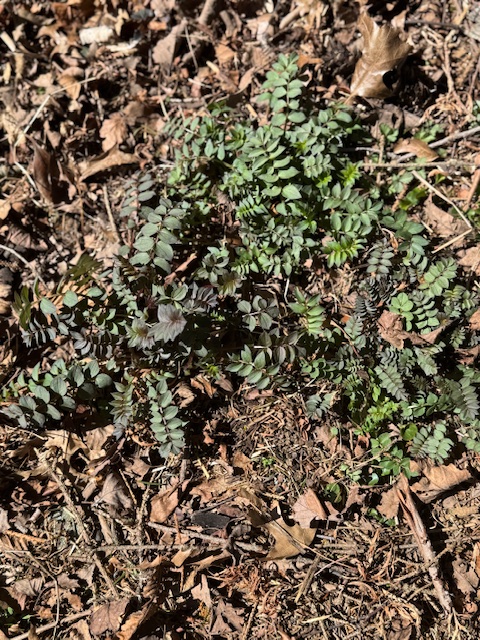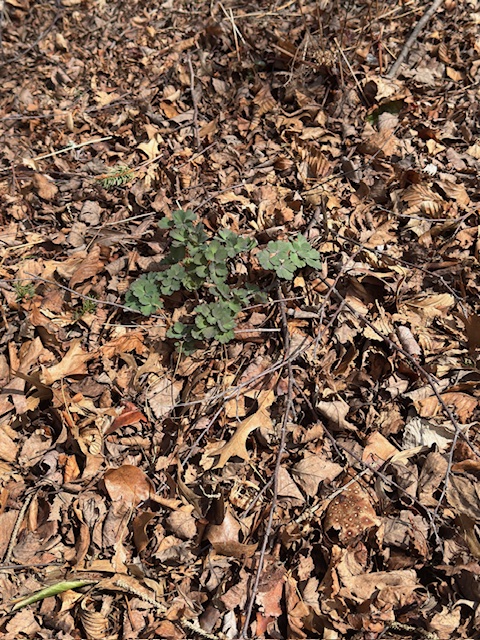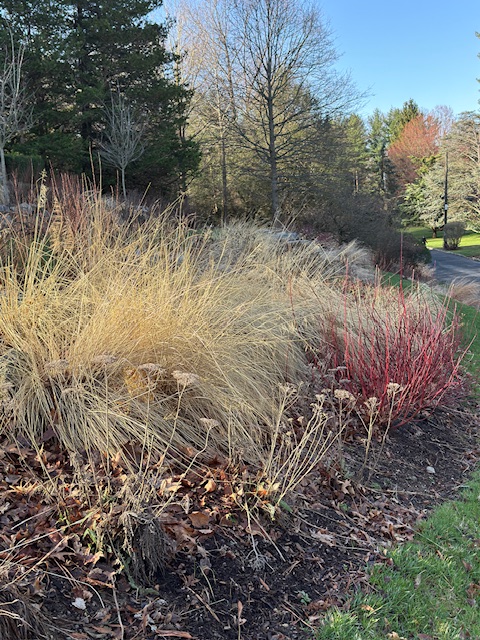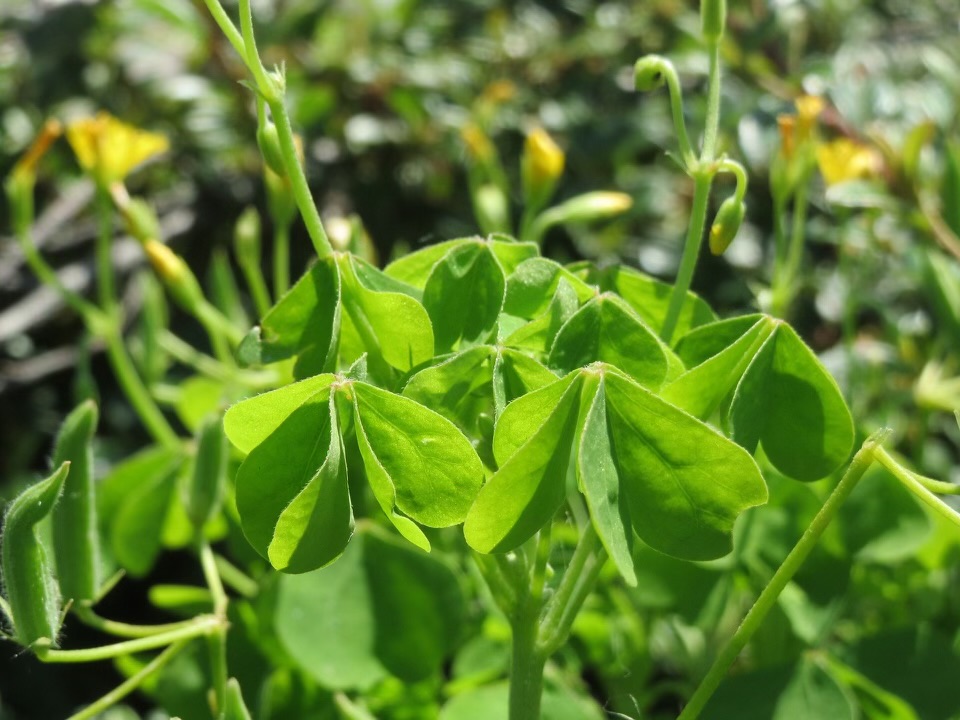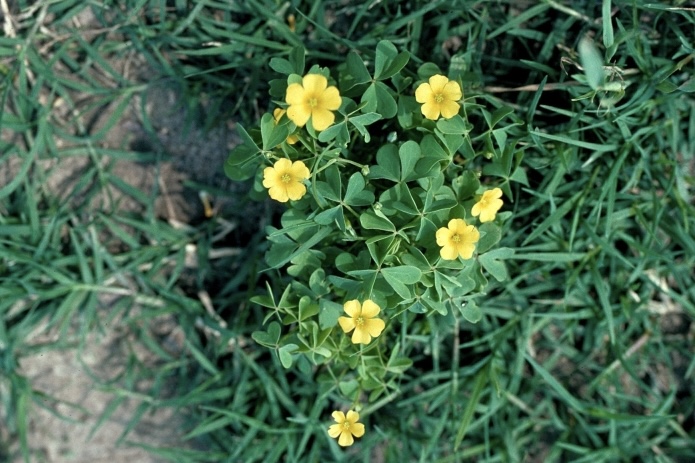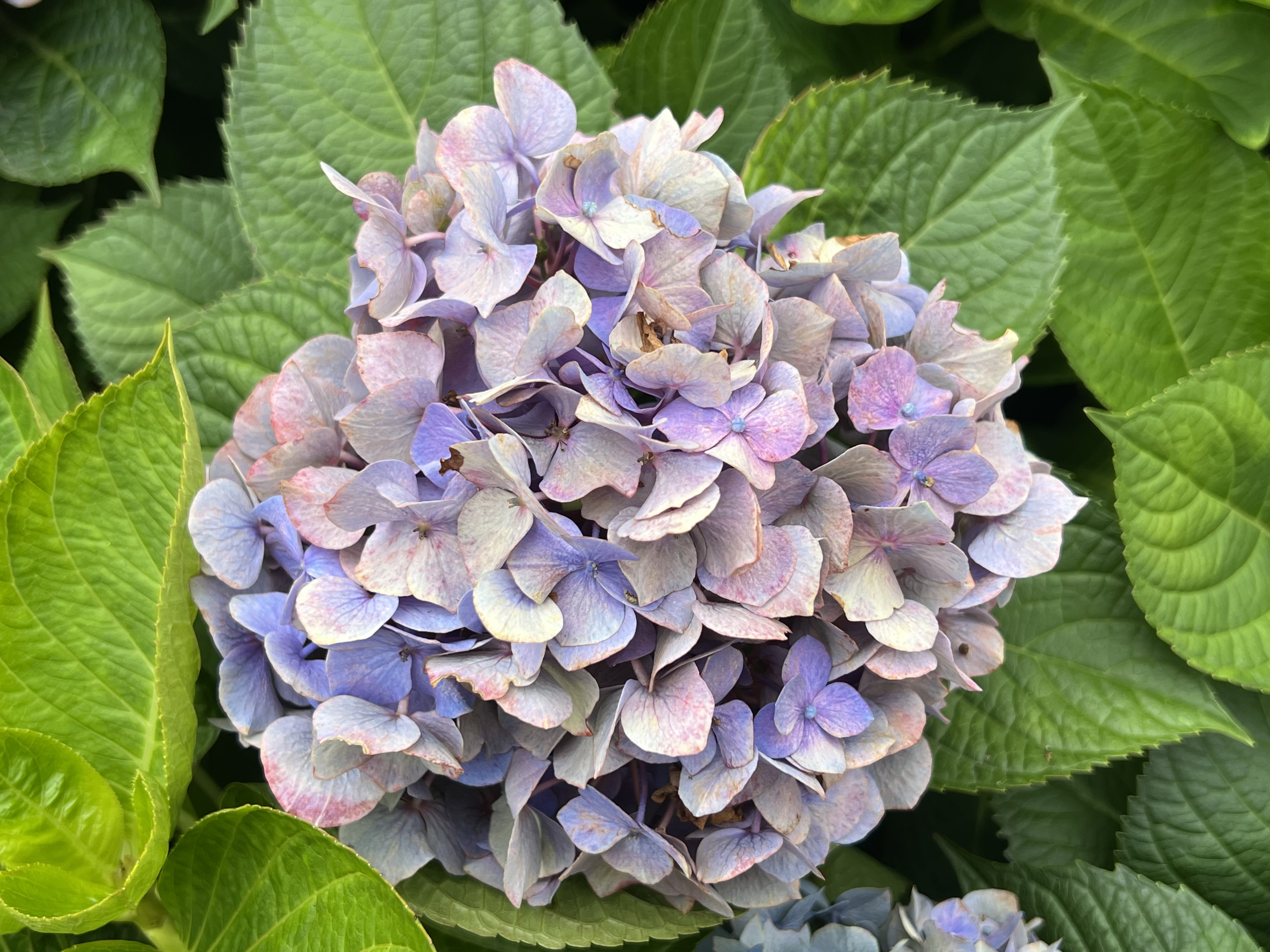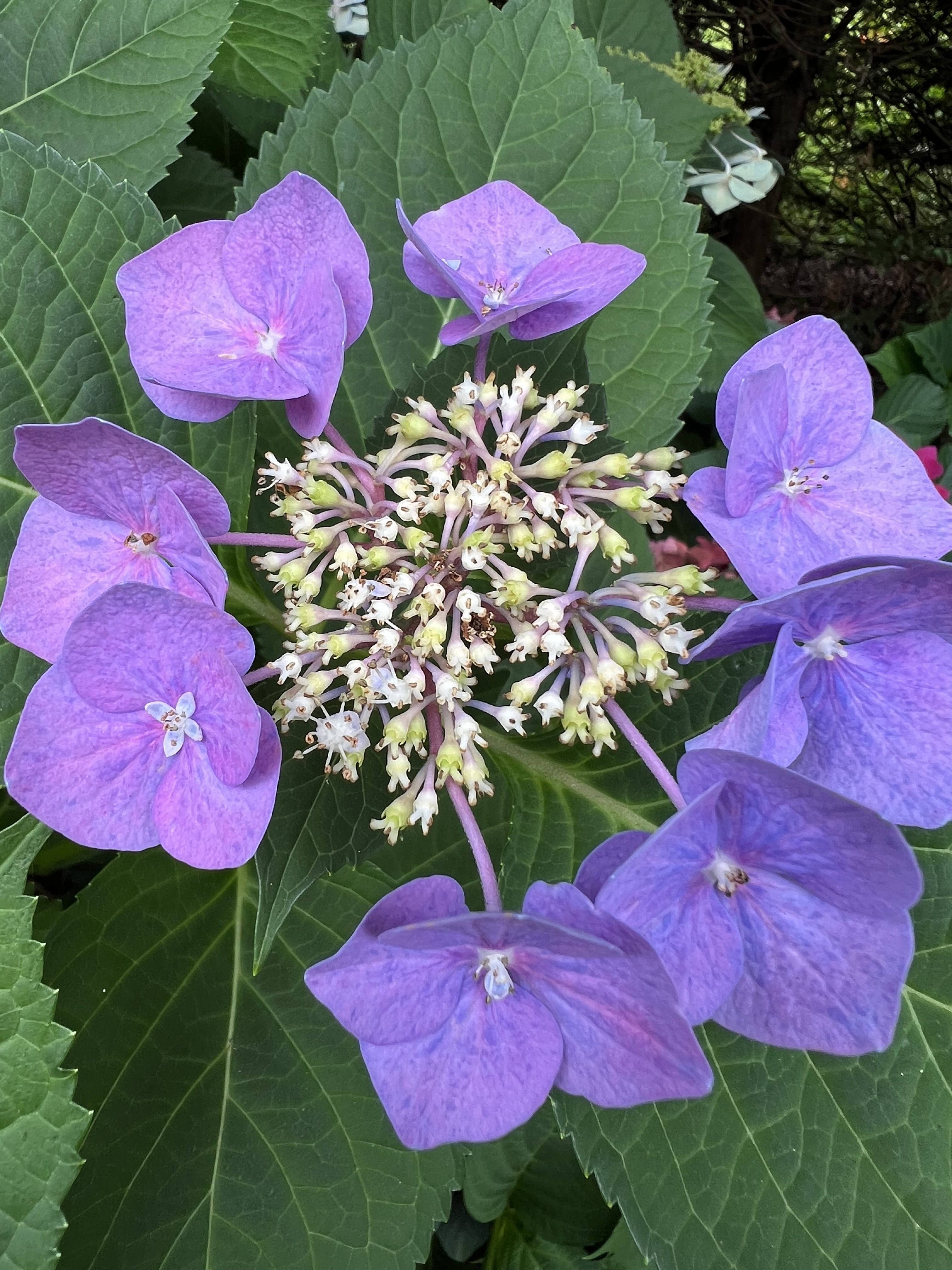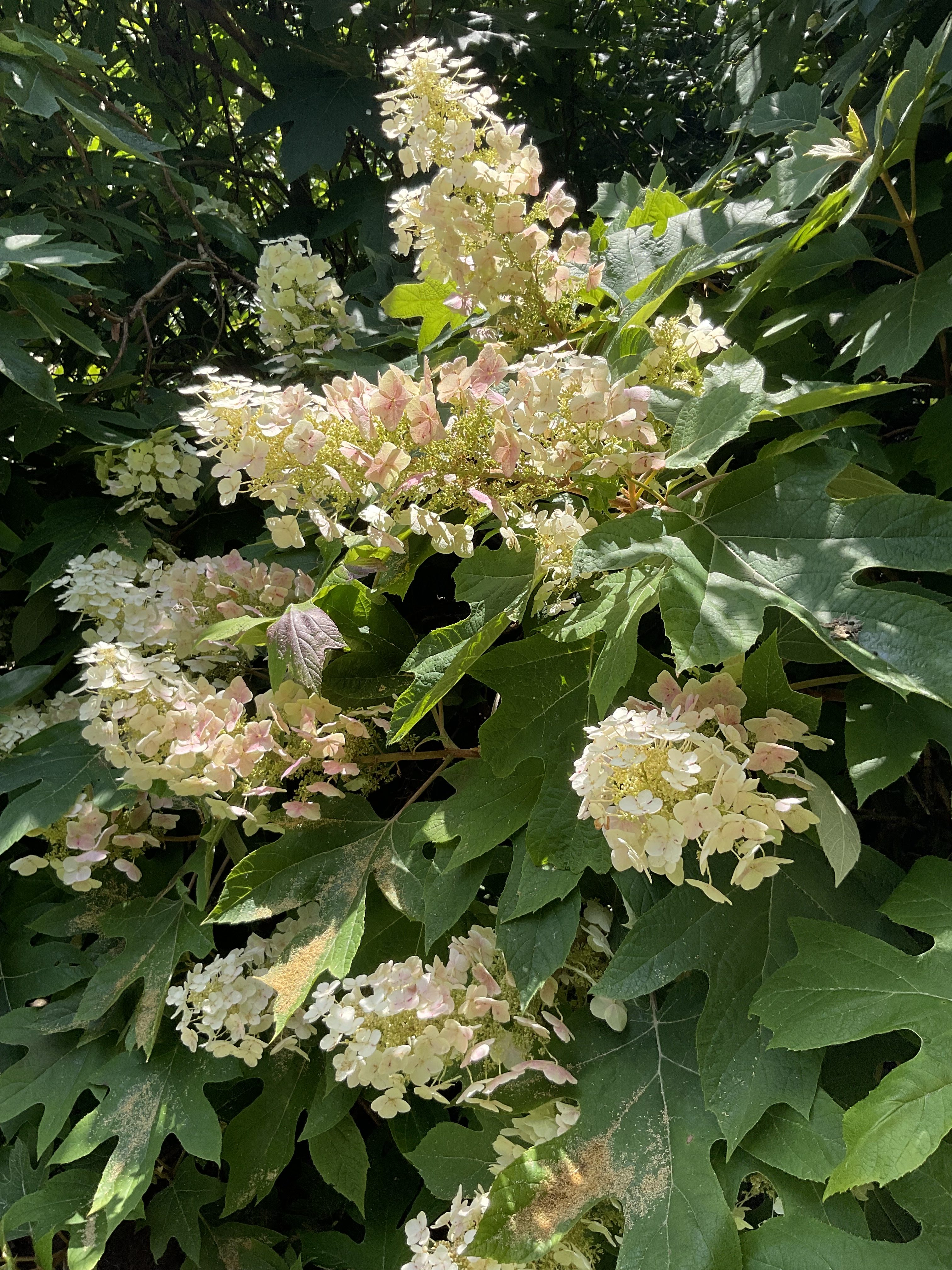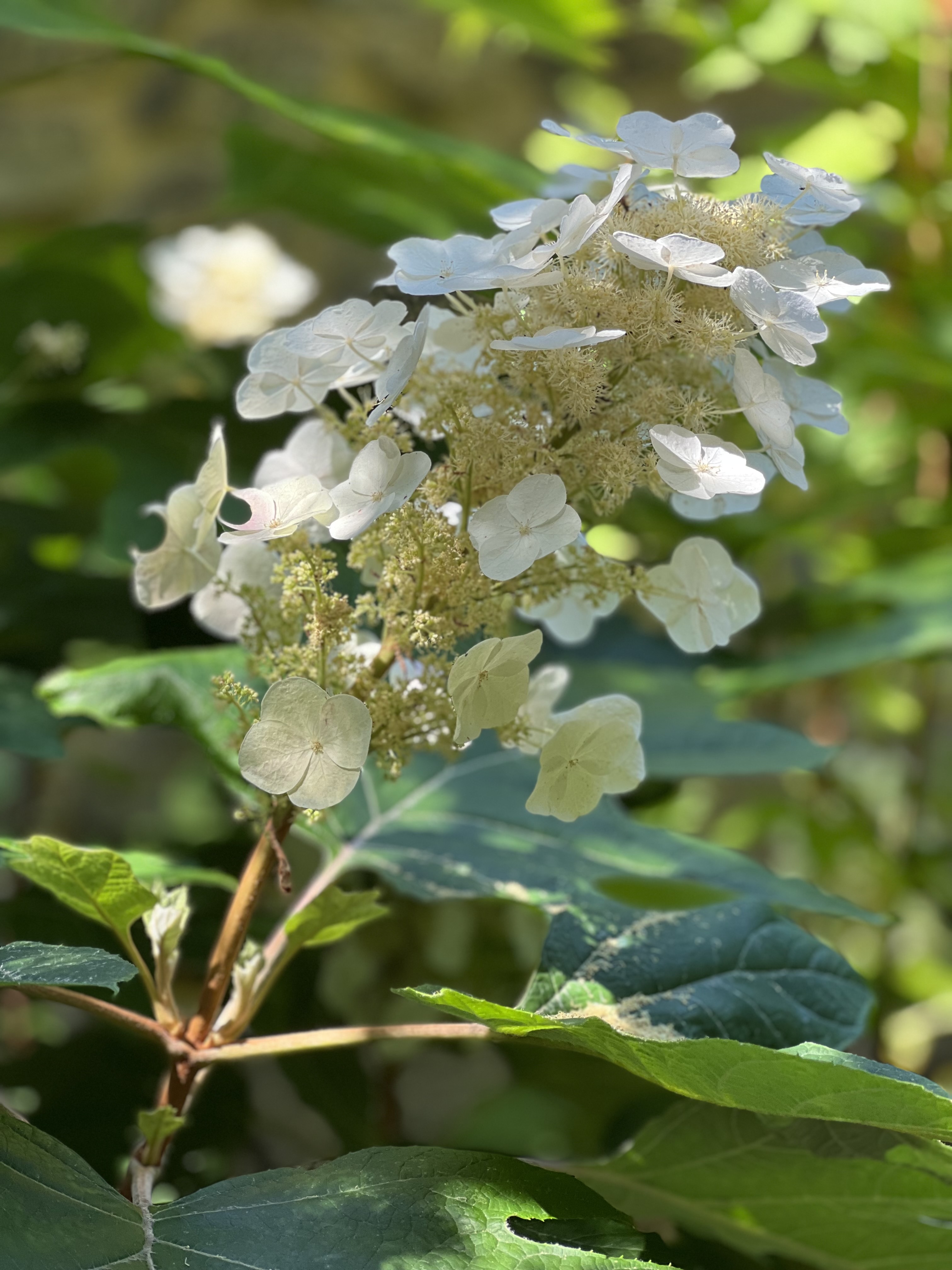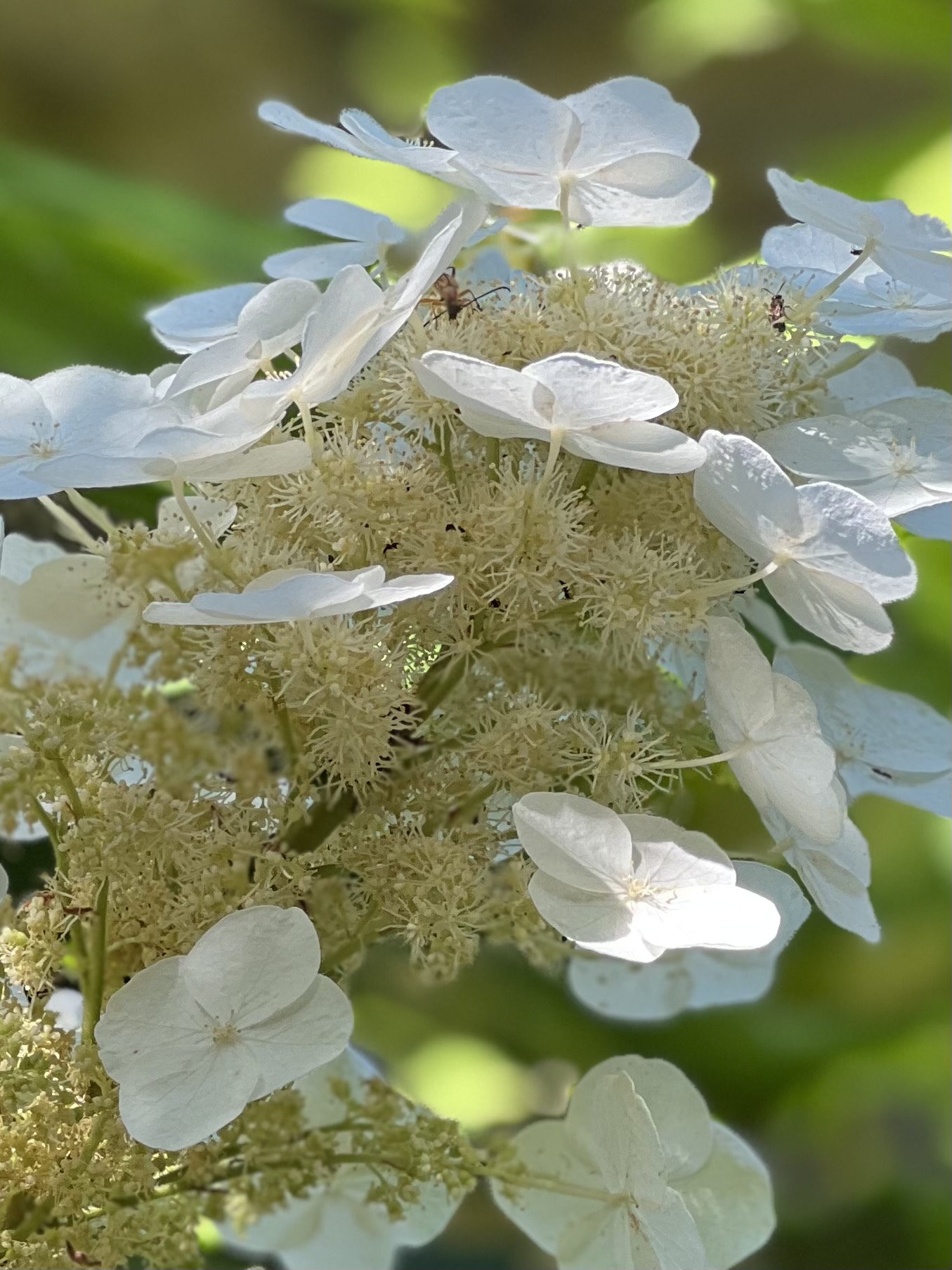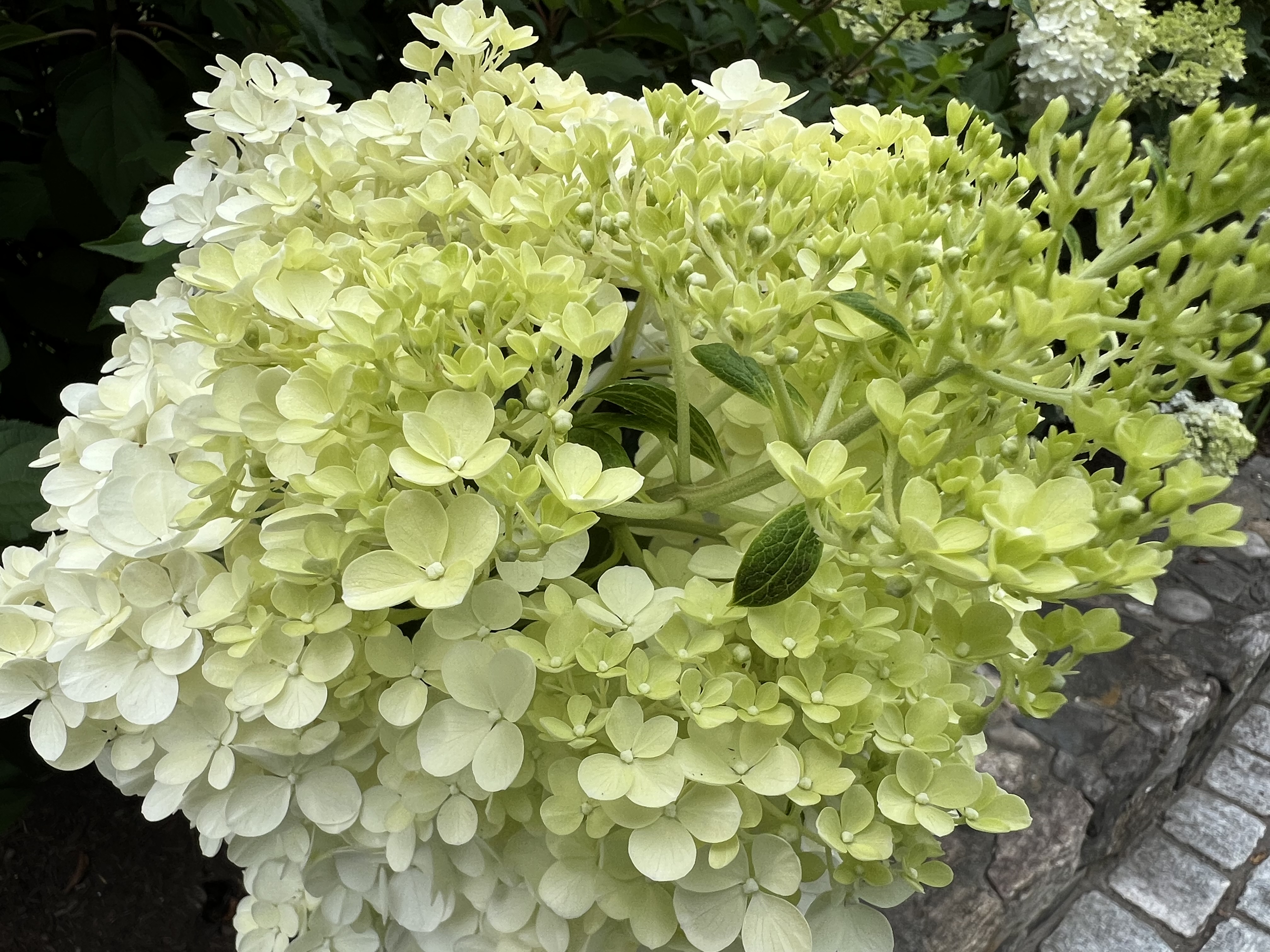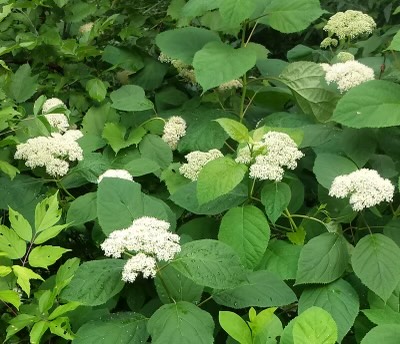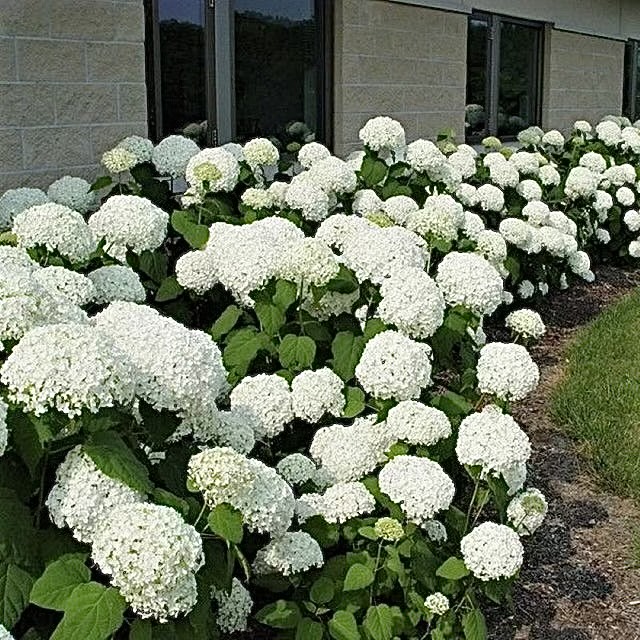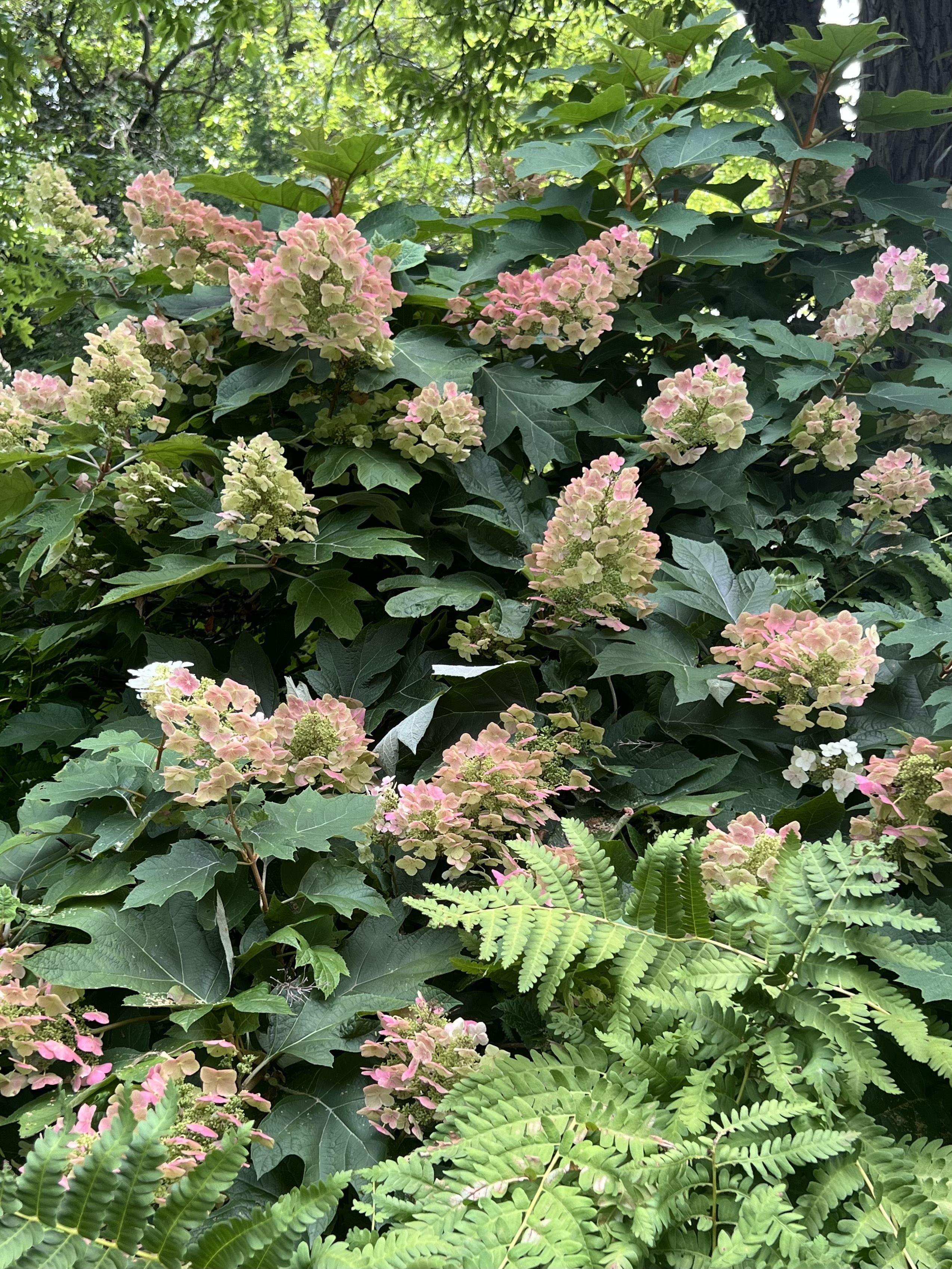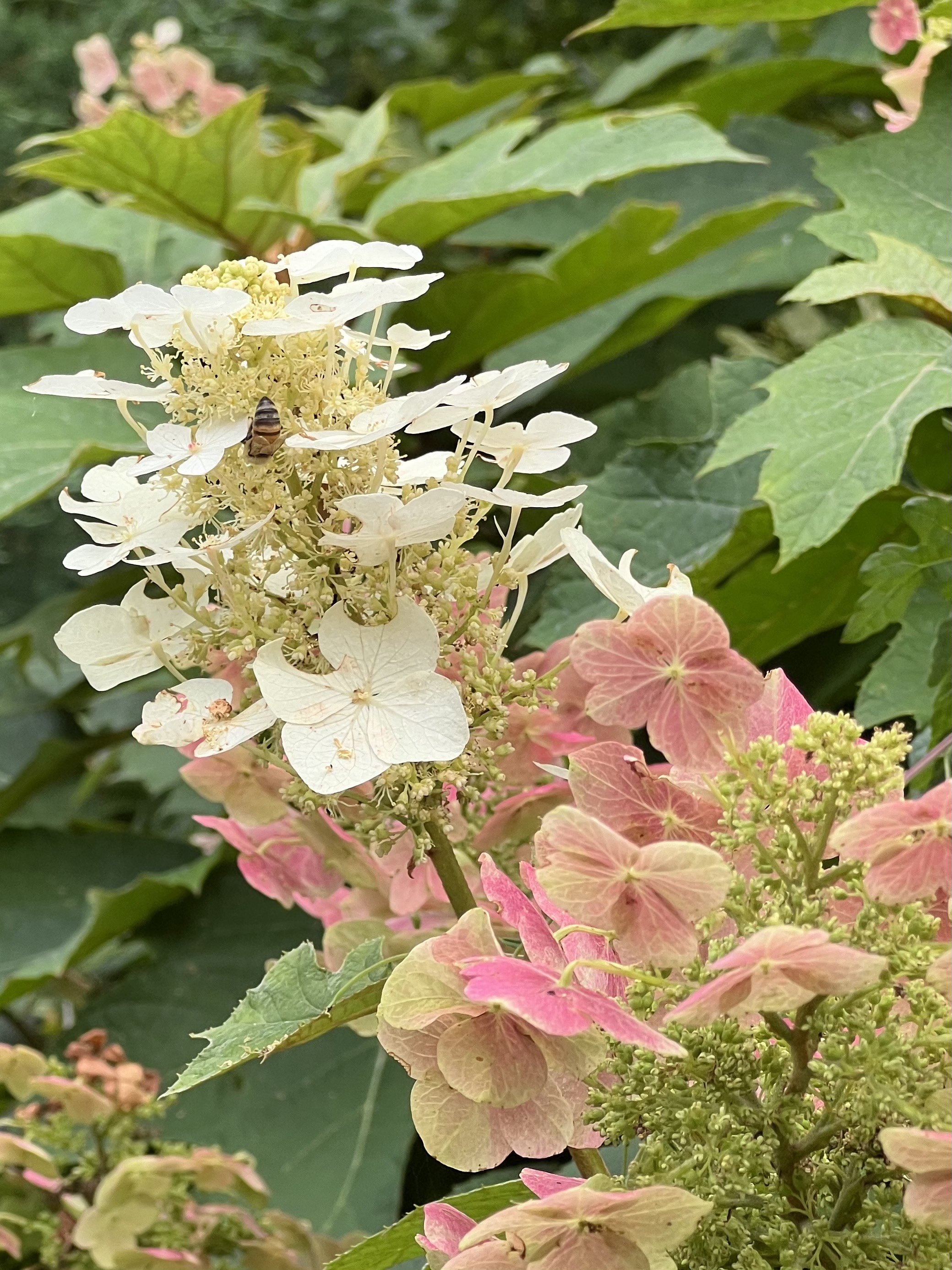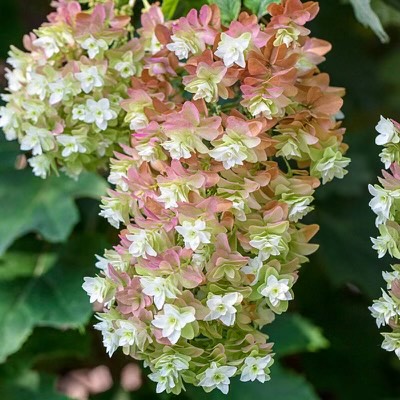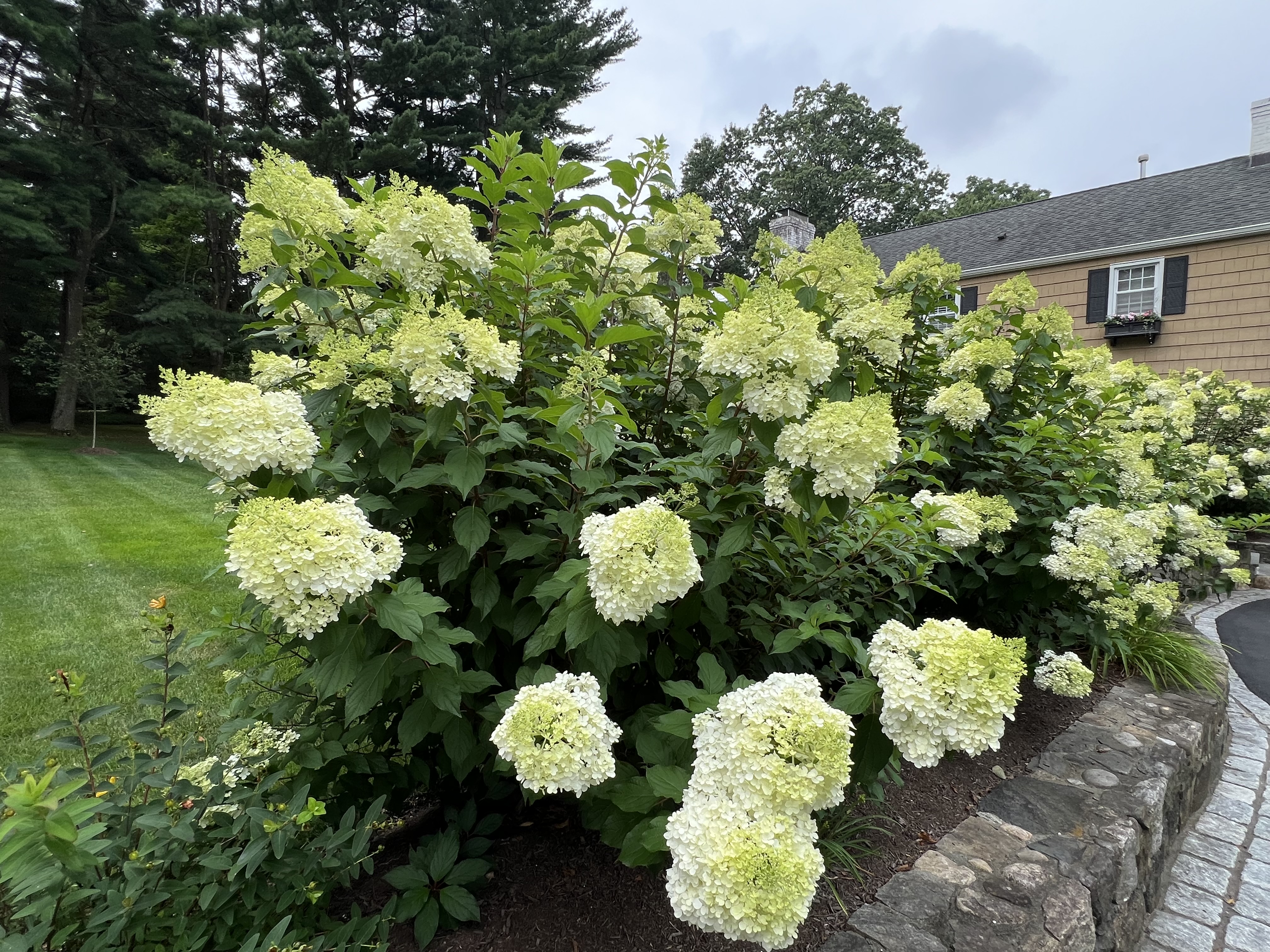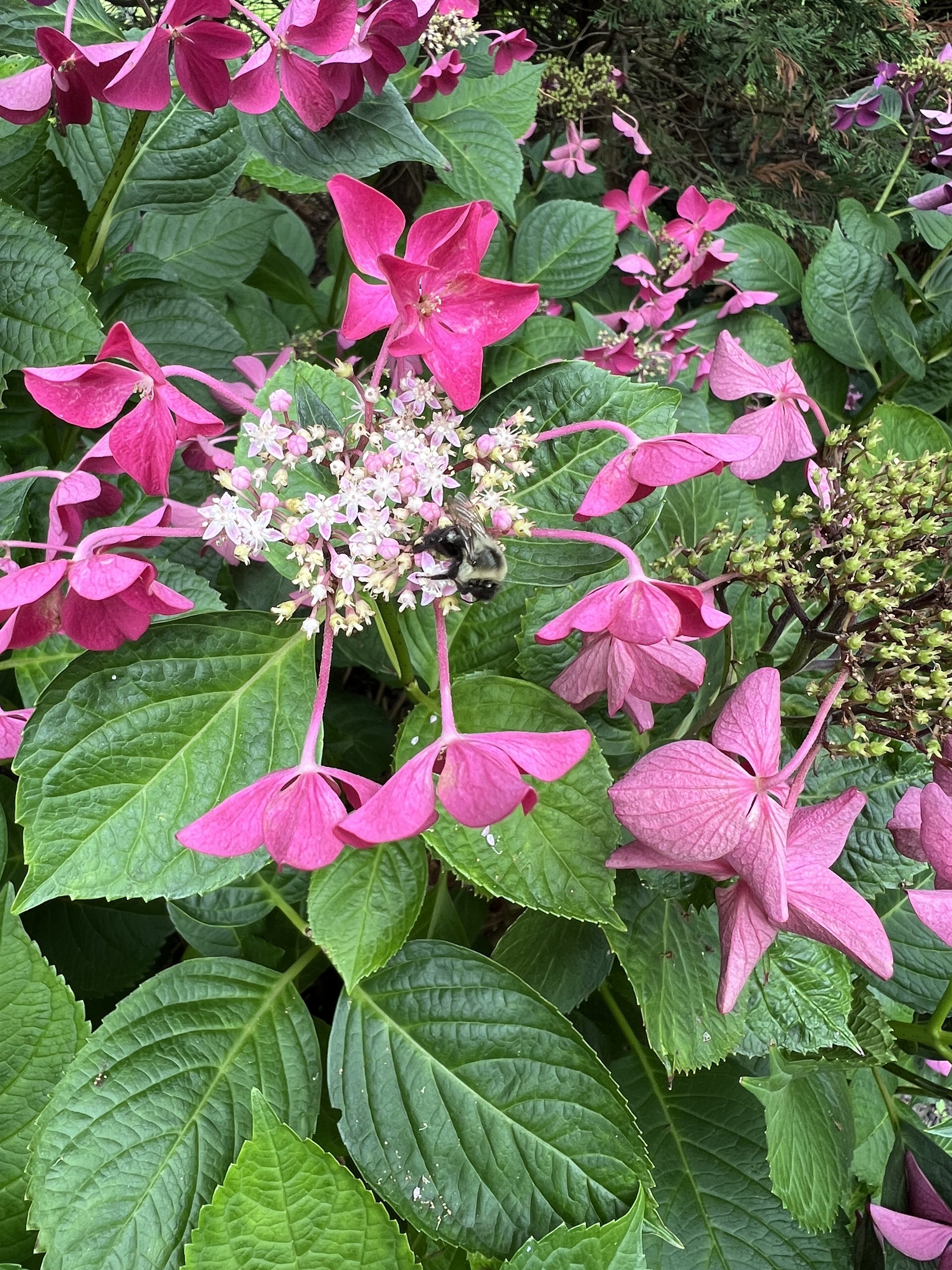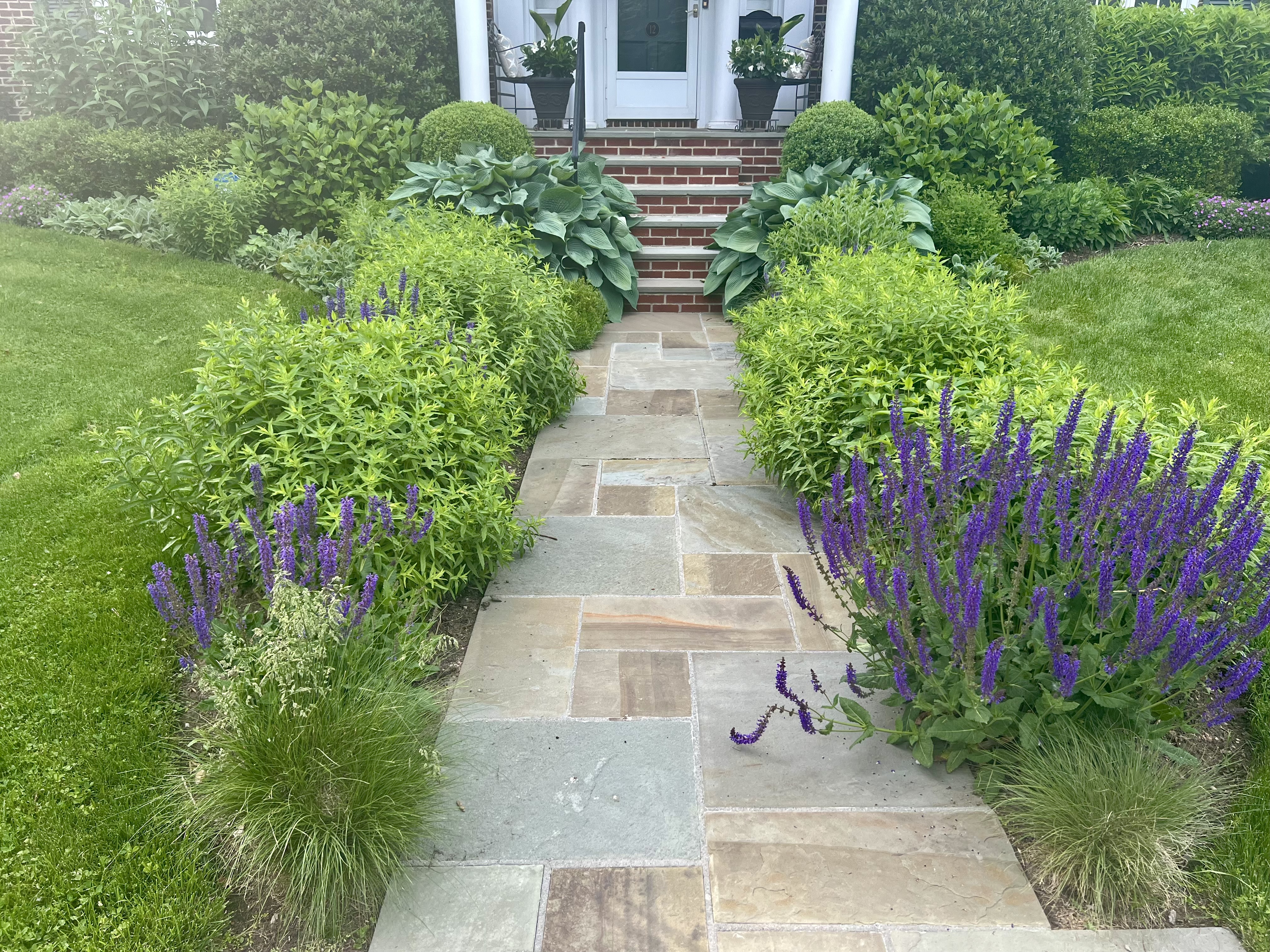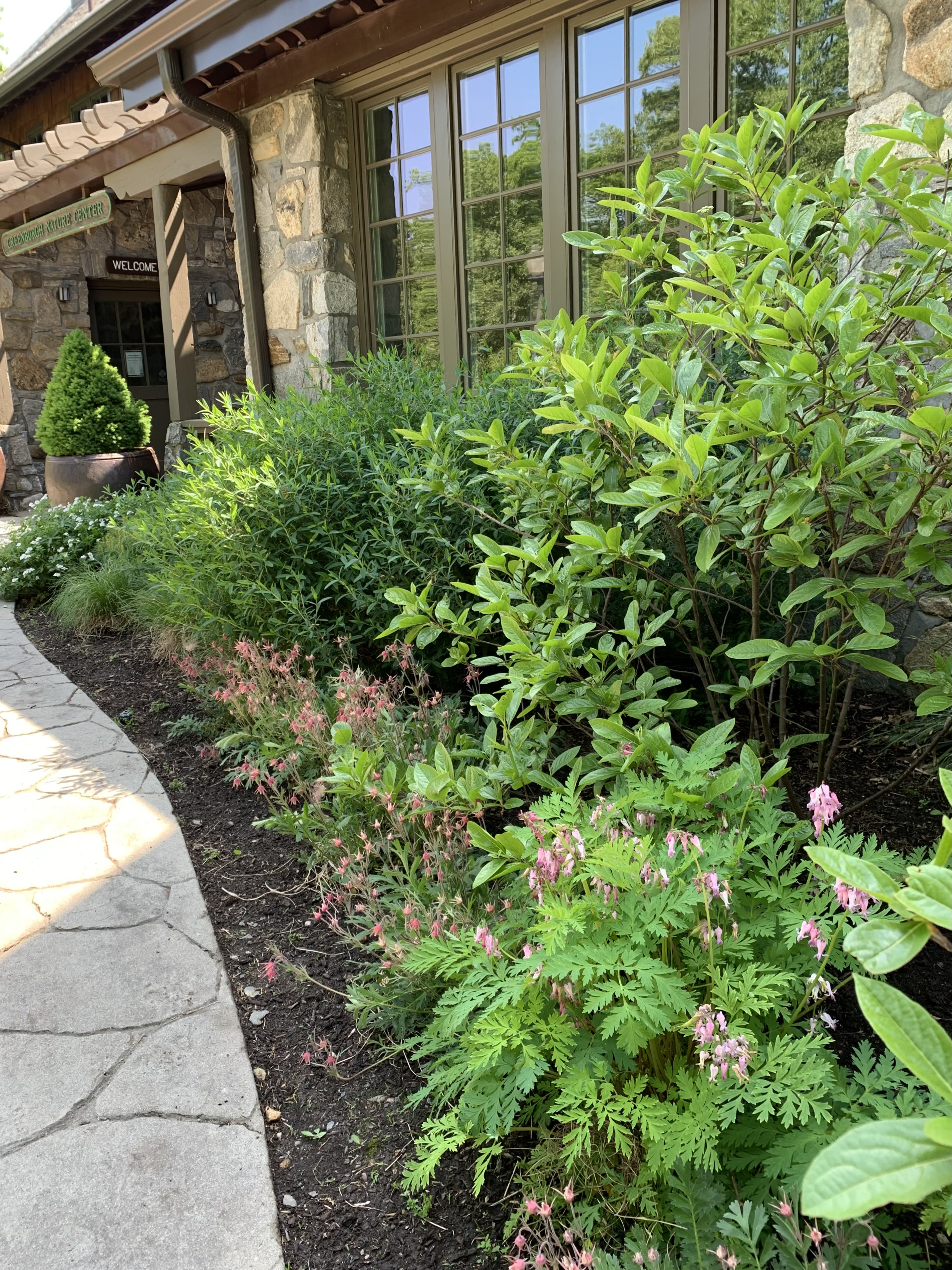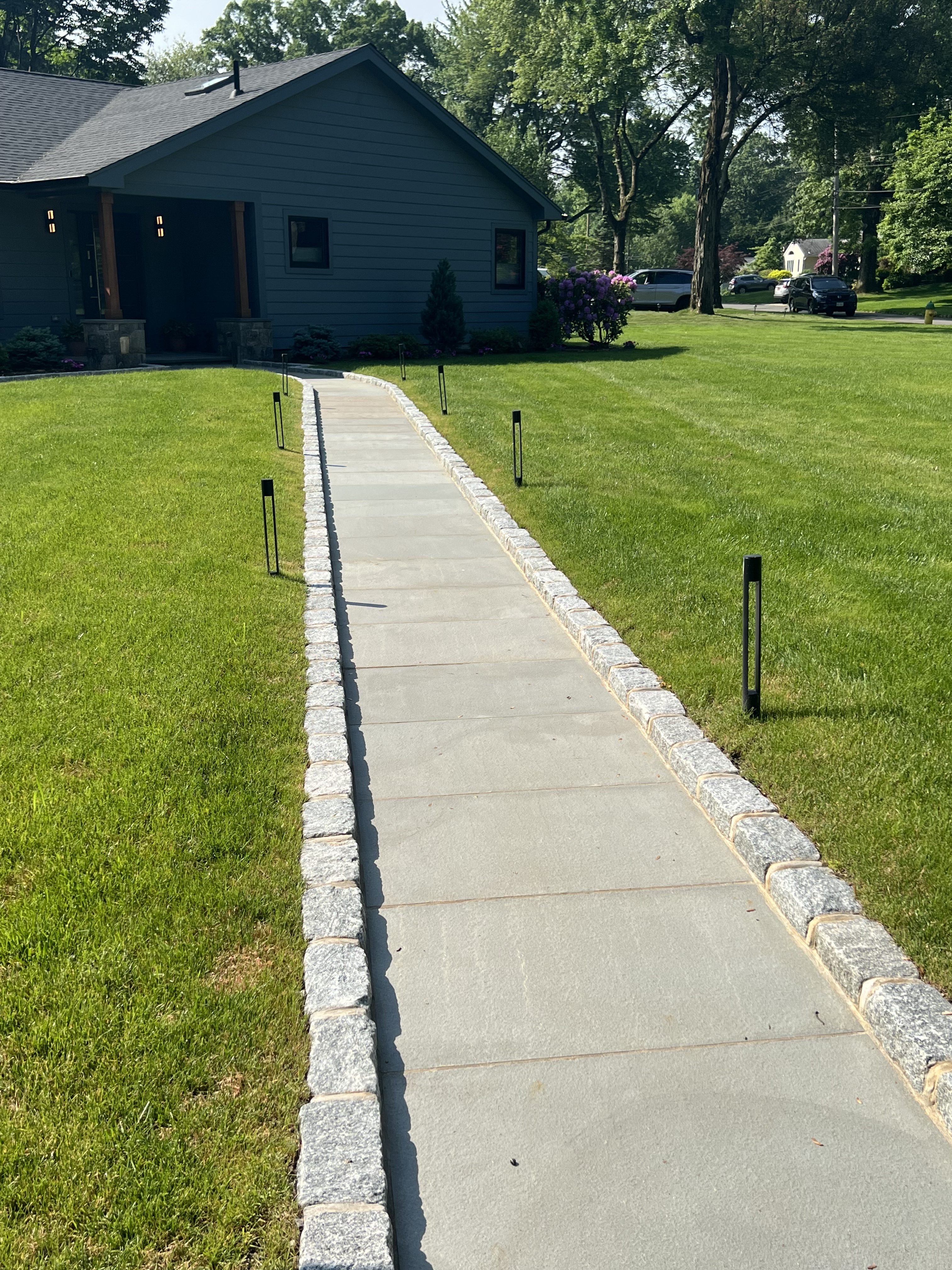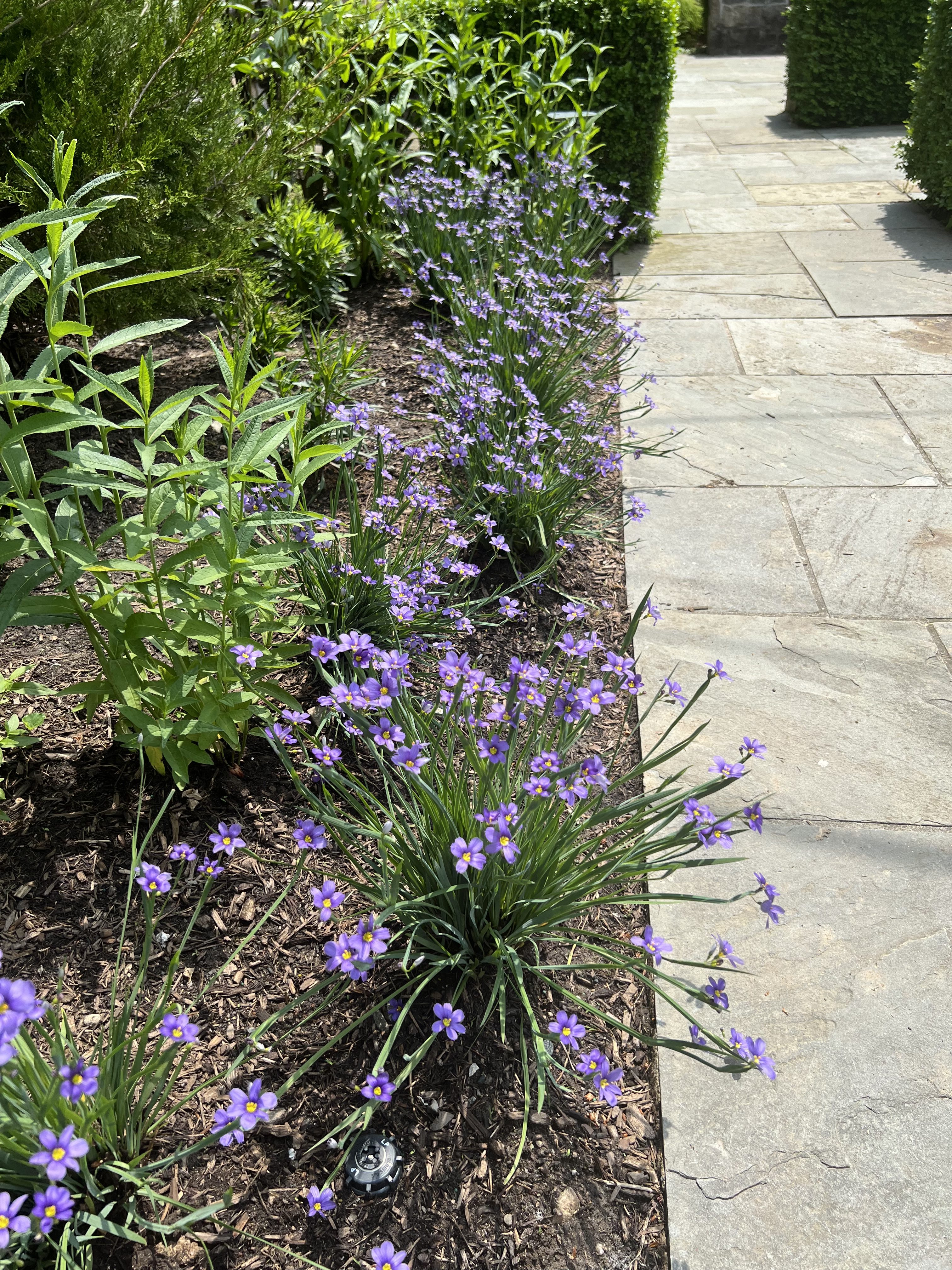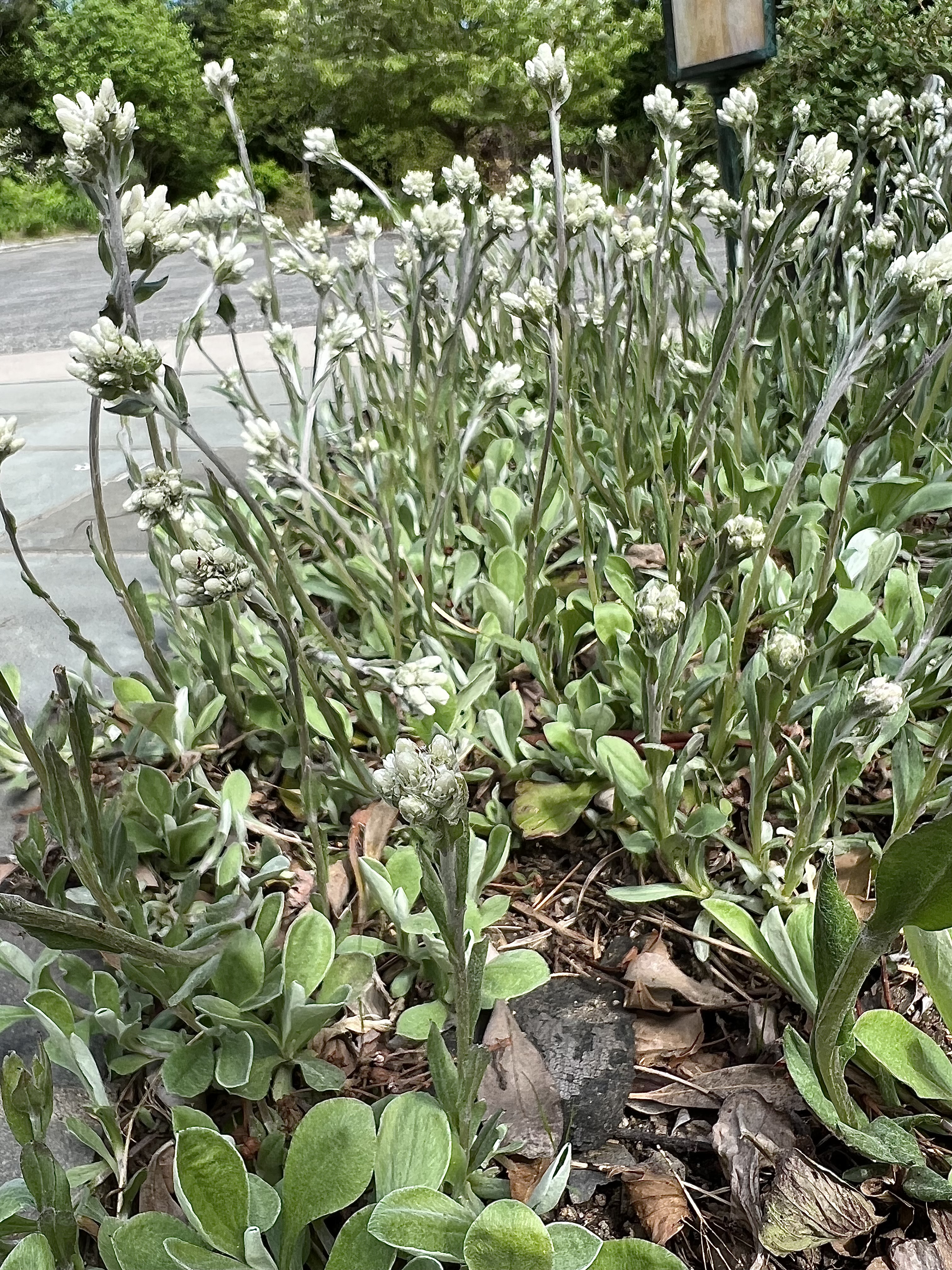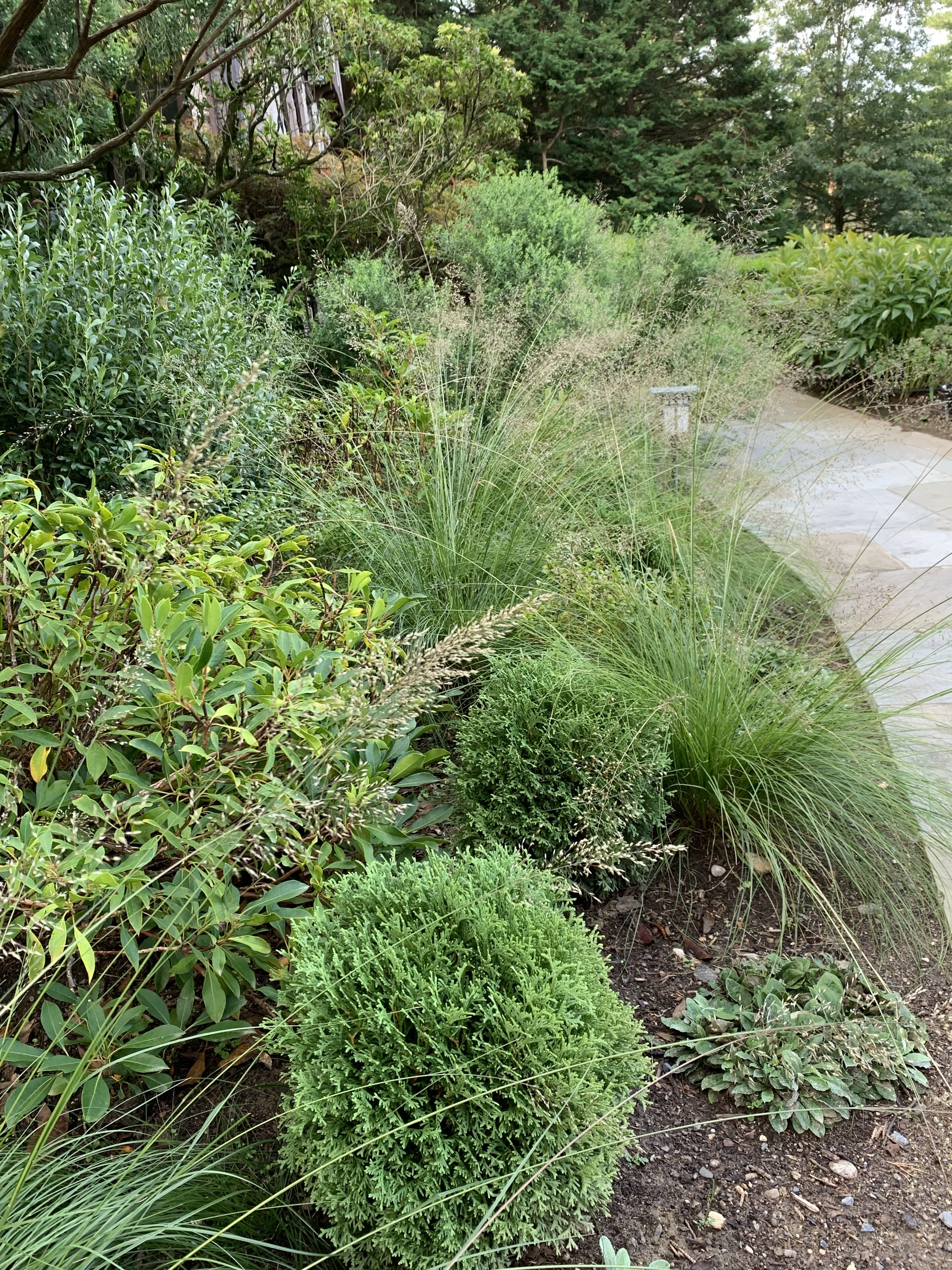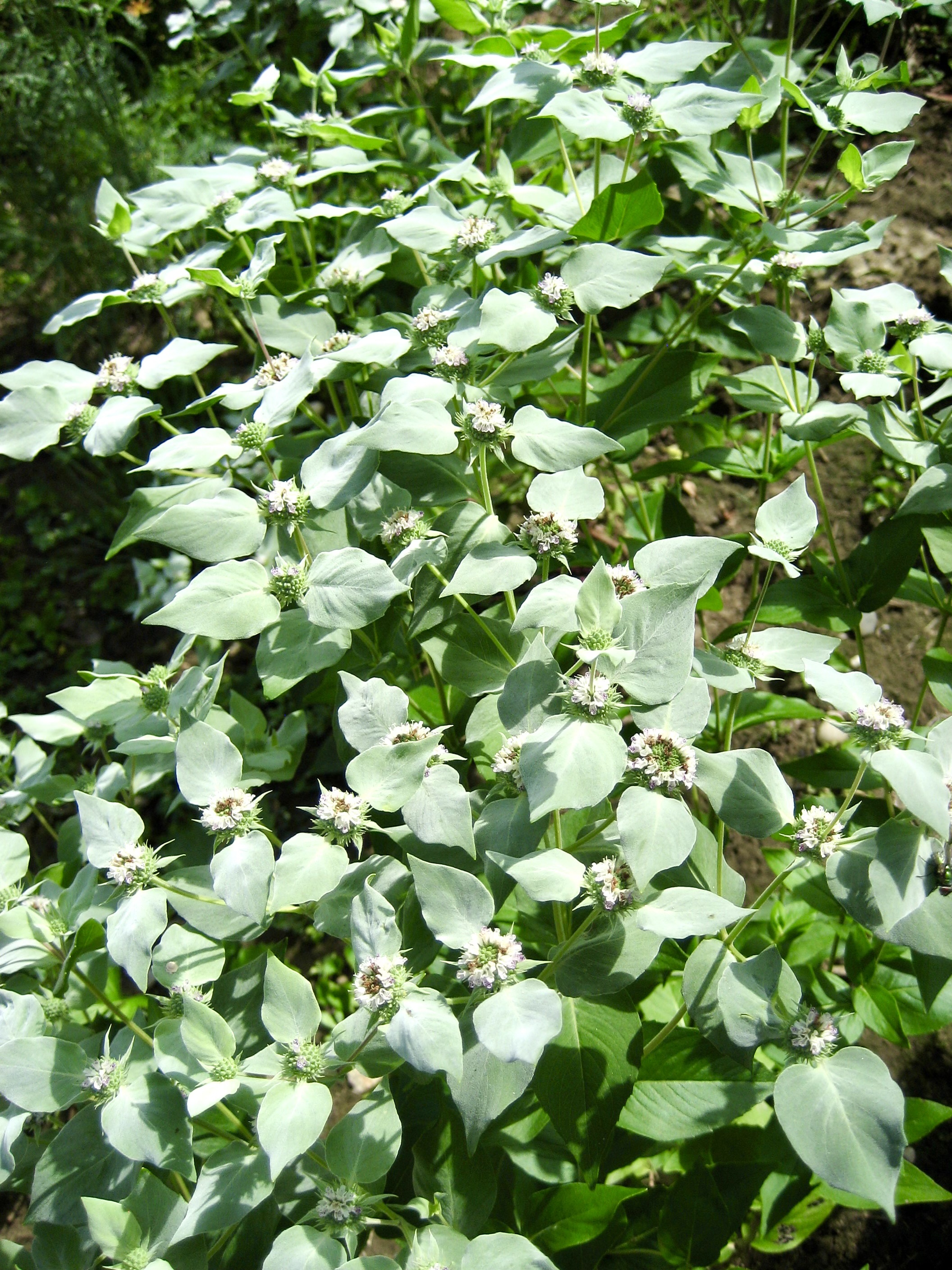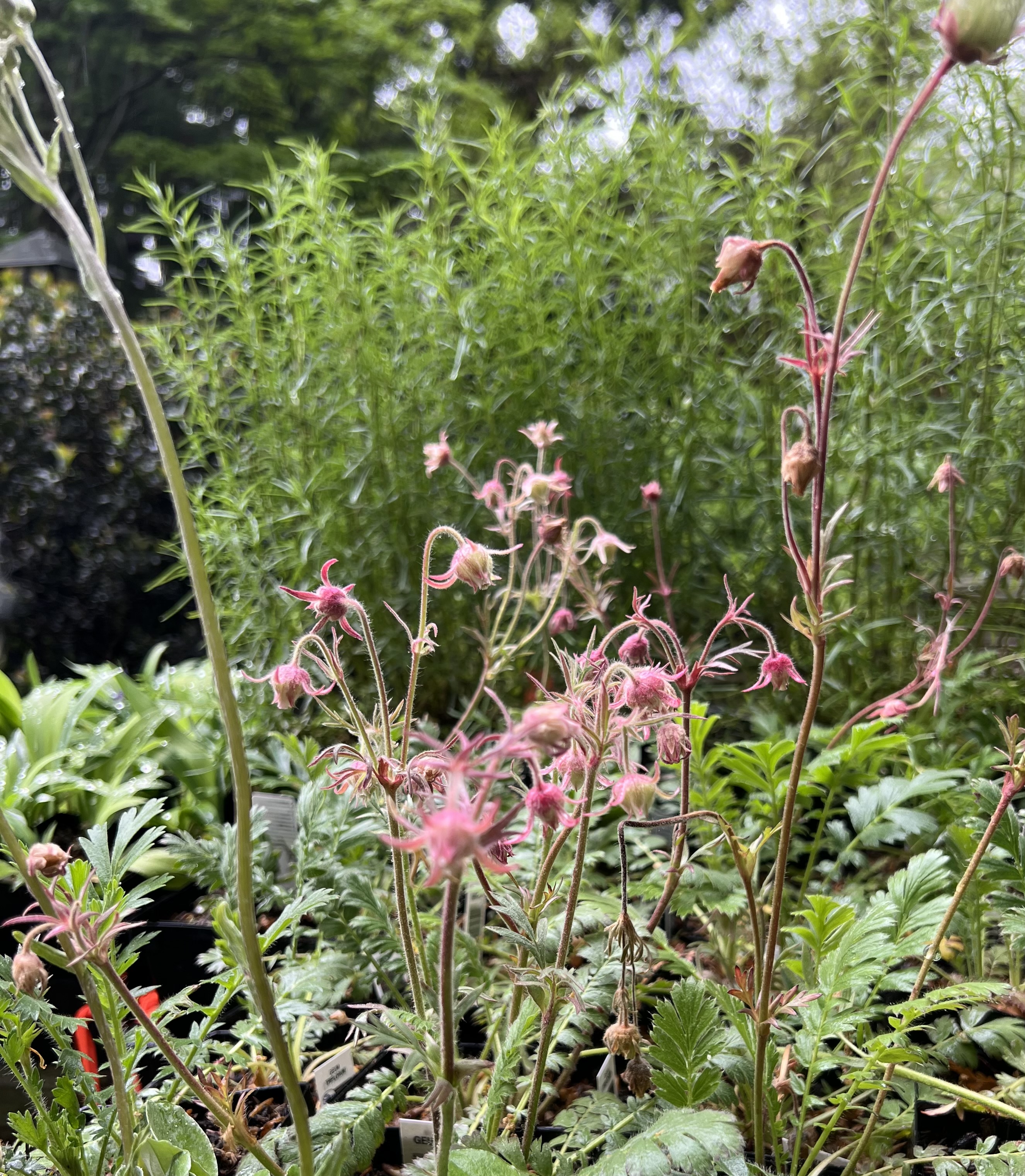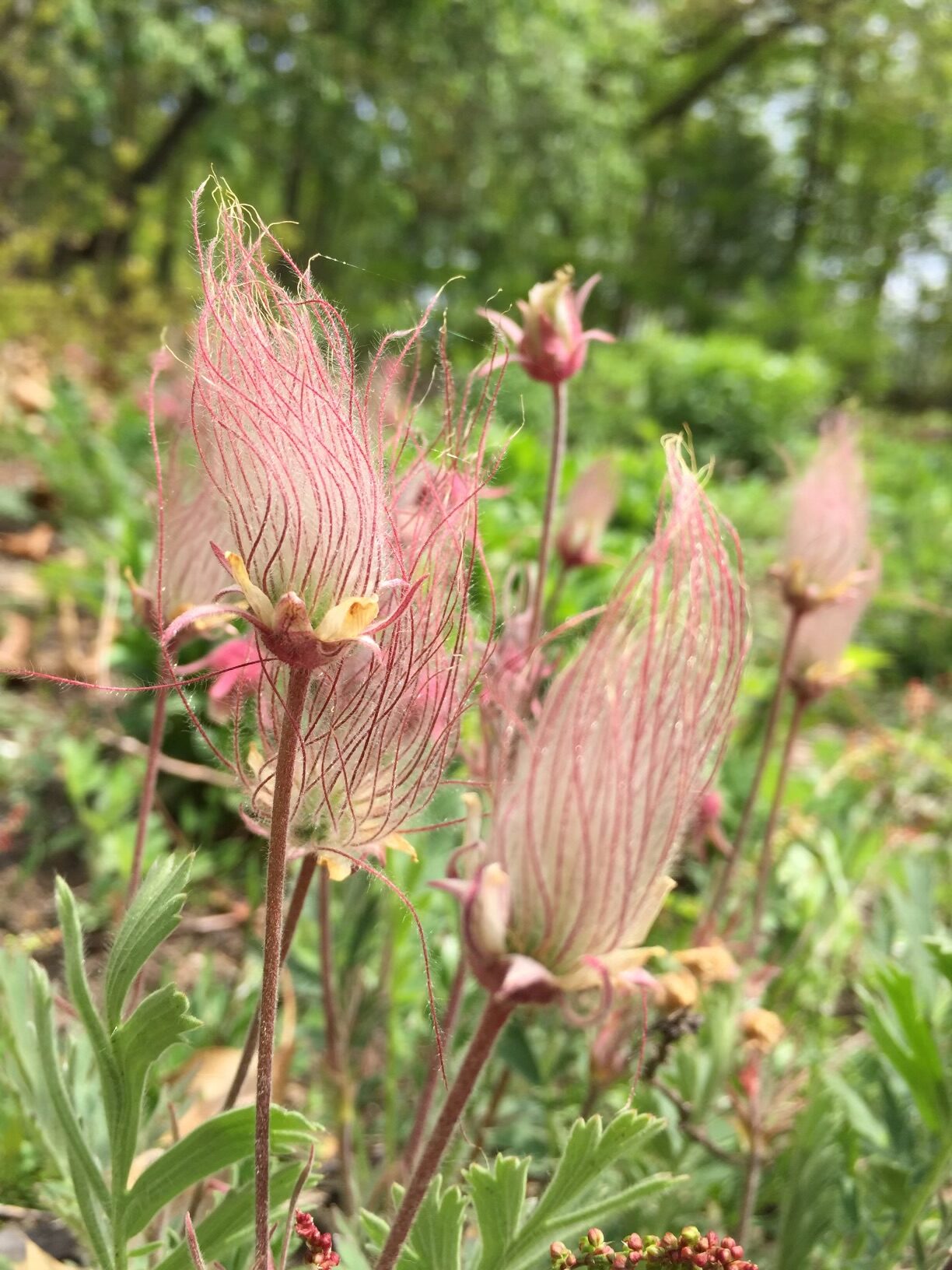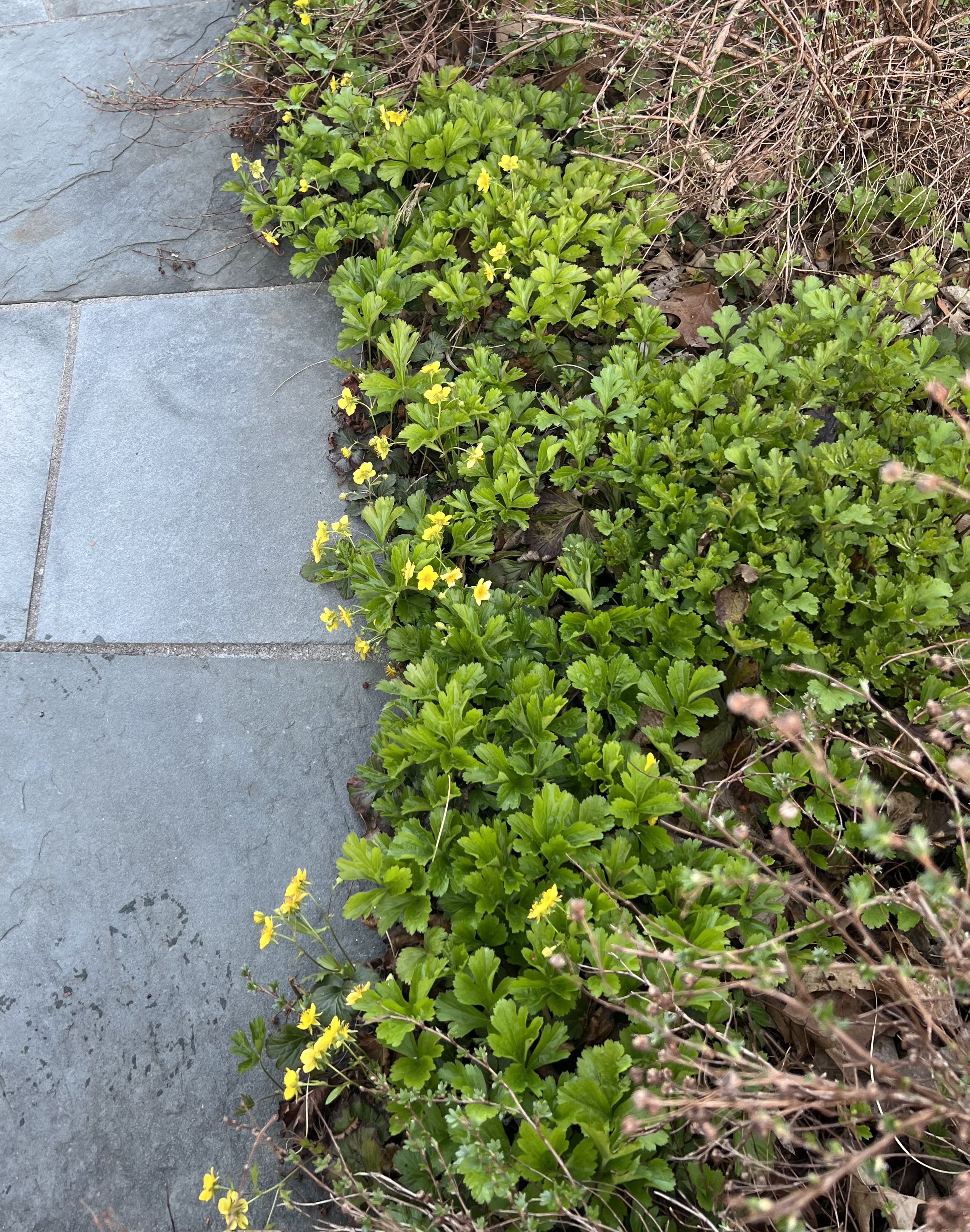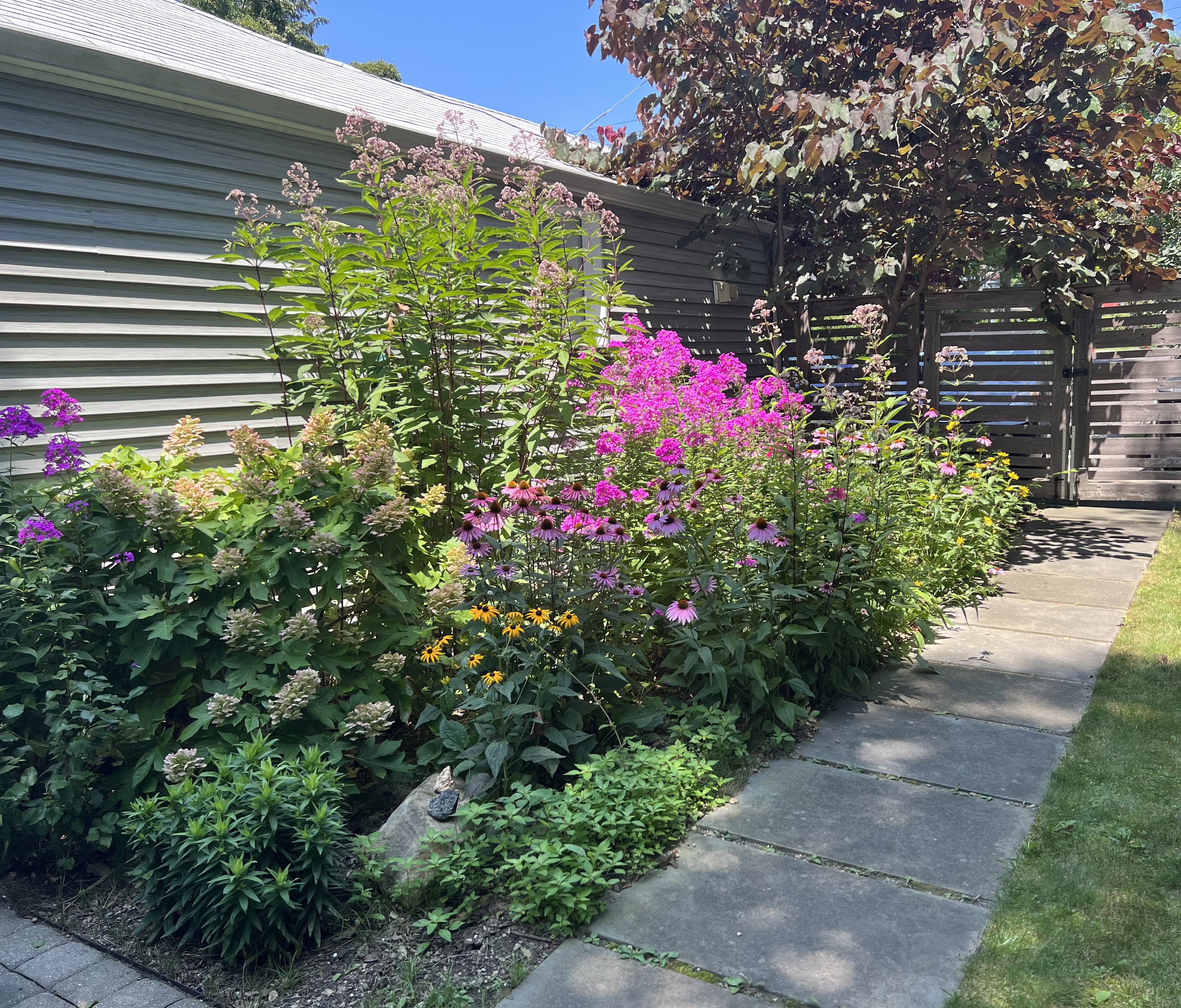“April cried and stepped aside, and along come pretty little May”
-Rogers & Hammerstein
April’s daffodils are fading, but May is the best season for flowers! Are you ready for spring planting? Plant sales are happening all around us. Let’s make a shopping list!
This year, consider skipping the big box stores and garden centers selling flats of annuals for flower beds. Who really wants to watch tropical plants (wax begonias, New Guinea impatiens, petunias) wither and die in our very un-tropical weather? If you are going to all the expense and trouble of planting flowers in your yard, why not choose a few of these native perennials that can withstand our variable climate and come back strong next year?
Here are some great early-blooming native perennials that start to shine just as the daffodils fade from view:
In a sunny area, try Golden Alexander (Zizia aurea or aptera). With masses of big yellow flowers, Zizia looks just like sunshine. It is in the carrot family and is the native host plant for Black Swallowtail butterflies. If you plant it, you will definitely see them. The plants spread themselves around where they are happy and are easy to grow. Never more than 2 to 3 feet tall and about 2 feet wide, blooming from late April well into June, Zizia tolerates a little shade, but does best in average garden soil with a mostly-sunny exposure. And it is deer-resistant.
Do you usually plant annuals along your front walk? Try these early-blooming native perennials instead:
Moss Phlox or Creeping Phlox is widely available and popular –for good reason! It blooms profusely from late April into May and is available in a huge array of colors, from white and pastel or hot pink, to a variety of blues. It needs full sun and sandy or pebbly well-drained soil, so it is perfect for lining a sunny path where the soil tends to be poor. After blooming, it forms a weed-suppressing, green, mossy clump that stays through the winter and reliably blooms again the next spring.
Pussytoes and Prairie Smoke also work along concrete, gravel, or masonry paths, and for the same reasons. They don’t mind the thin rocky soil typically remaining after construction of paved surfaces; they don’t mind reflected heat and cold from pavement; and they tolerate drought and salt better than most garden plants. See our post on these and other great plants for walkways here.
How about an early-bloomer for shade?
For a fabulous front-of-the-border plant in dappled shade, or a great choice for underplanting trees, try Jacob’s Ladder (Polemonium reptans). It is one of the very first plants to break ground in the spring, and within a couple of weeks, it is covered with light blue flowers that are magnets for the first bumblebees emerging from hibernation. The foliage stays green all summer and has interesting leaves spaced evenly along the stem inspiring the name “ladder.” There are some tempting cultivars of Jacob’s Ladder on the market with variegated or multi-color foliage, but they seem to suffer in Northeastern winters. The old-fashioned Jacob’s Ladder species is not only reliable, but spreads slowly to make a lovely ground-cover.
Two other early bloomers for shade are Woodland Phlox and Wild or Spotted Geranium.
Woodland Phlox is a true woodland species, preferring humusy soil where leaves are allowed to stay on the ground and decompose naturally. It loves the even moisture of a shady wooded area, but does well in cultivated shade gardens with rich soil and good drainage. Colors range from nearly white to pale pink or true blue. Grow it under mature trees and shrubs where fallen leaves provide winter cover and summer moisture protection. It blooms early and is a great native replacement for vinca. Rabbits may hit young plants, so a repellant is advisable.
A favorite early-blooming native for part-shade, Geranium maculatum is a total winner. It blooms on and off for months and the leaves are beautiful all season long. It’s a great edge plant between lawn and taller shade perennials and will form substantial clumps growing slowly from the crown, and even occasionally sending seedlings into nearby areas. The flower colors are soft pastels that seem perfectly at home in dappled shade or morning sun.
If there is one early bloomer that will capture your heart, it is this one. Dicentra eximia starts blooming with the daffodils in early April, and will still be blooming in October! The lacy fern-like foliage forms a soft mound about a foot high and wide, though older plants may be 18 to 24 inches tall. The flowers are suspended like charms on slender stalks just over the leaves, each cluster lasting a week or more. Fading flowers still look good as they gradually turn white, so dead-heading is unnecessary to keep the plant looking fresh all summer. Deer and rabbits ignore Fringed Bleeding Heart, but it is not a strong competitor and can be overwhelmed by thugs like ivy and vinca. It is happiest in part sun and very well-drained, even rocky or sandy soil. Too much moisture or heavy soil will shorten its life-span. Unlike the Asian bleeding heart, Dicentra eximia will not disappear after blooming, and it is surprisingly tolerant of drought. For more information click here.
So, check out your local native plant sales, or visit a good nursery that carries a varied selection of perennials. Some of these plants are available at garden centers if you know what you’re looking for – check the Latin names to avoid mistakes and non-native hybrids.
And if you plant these early bloomers now, you will see them again next spring and, hopefully, for many springs to come!
